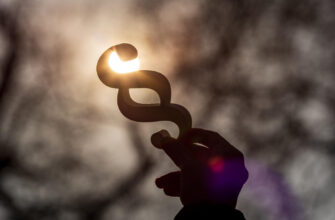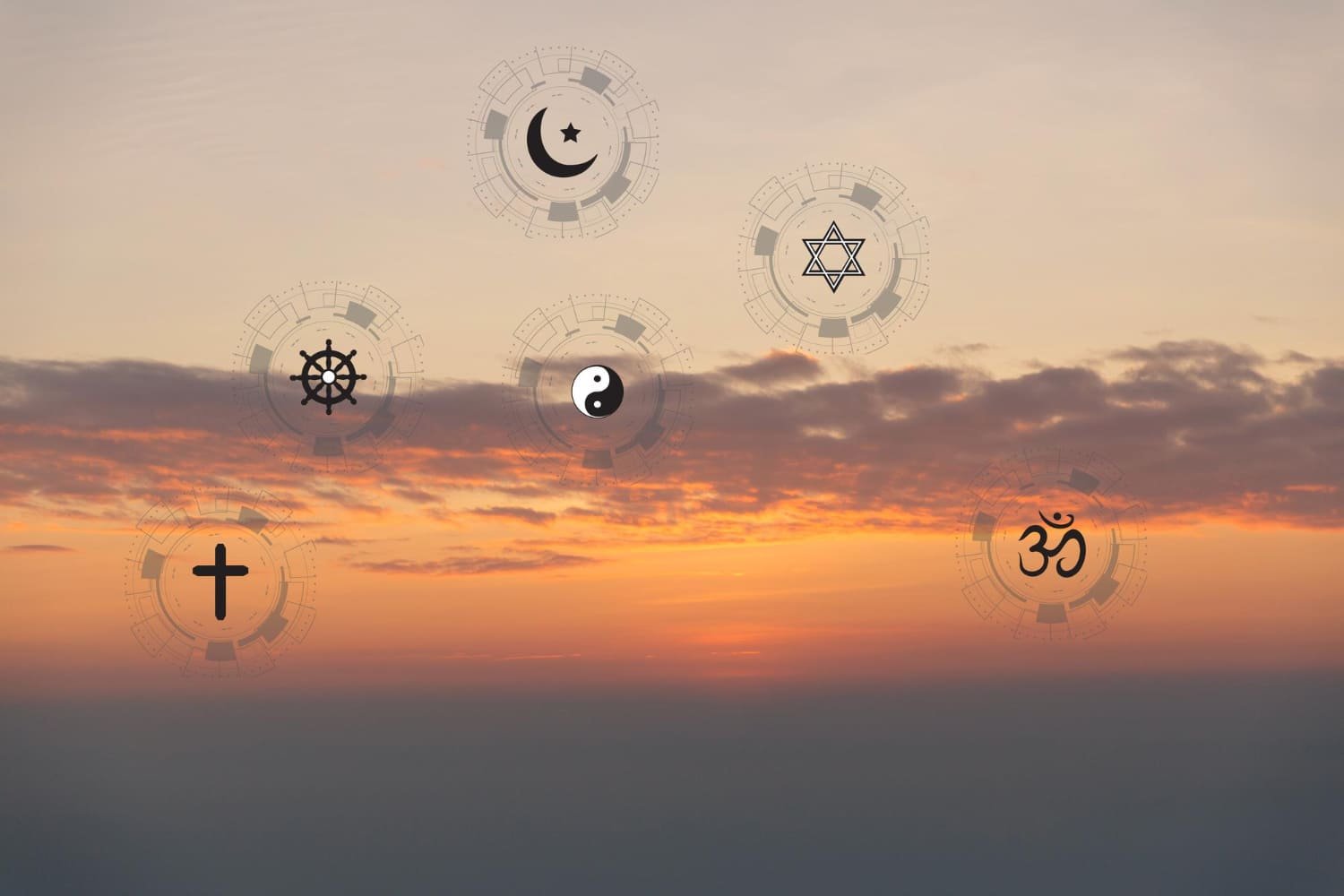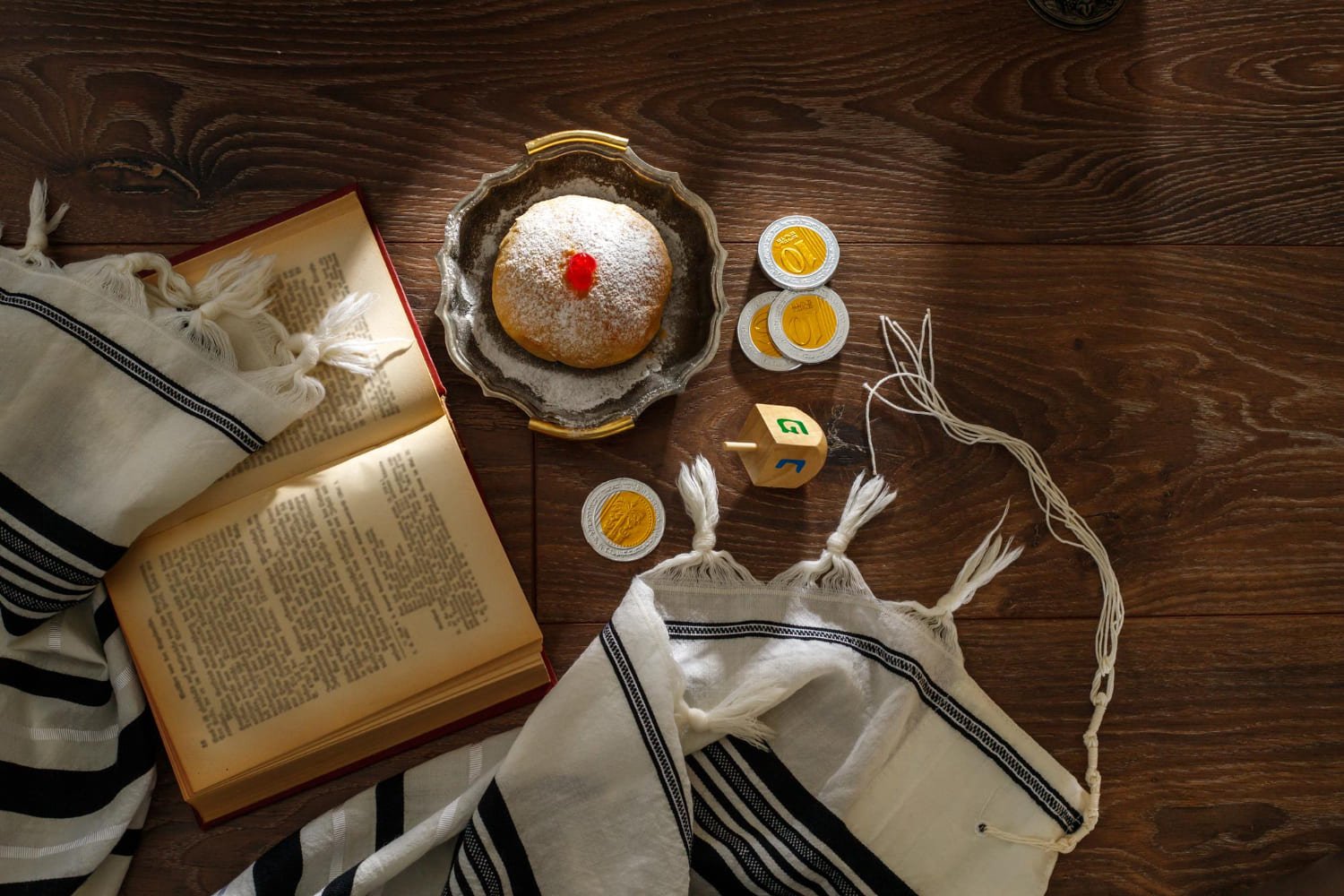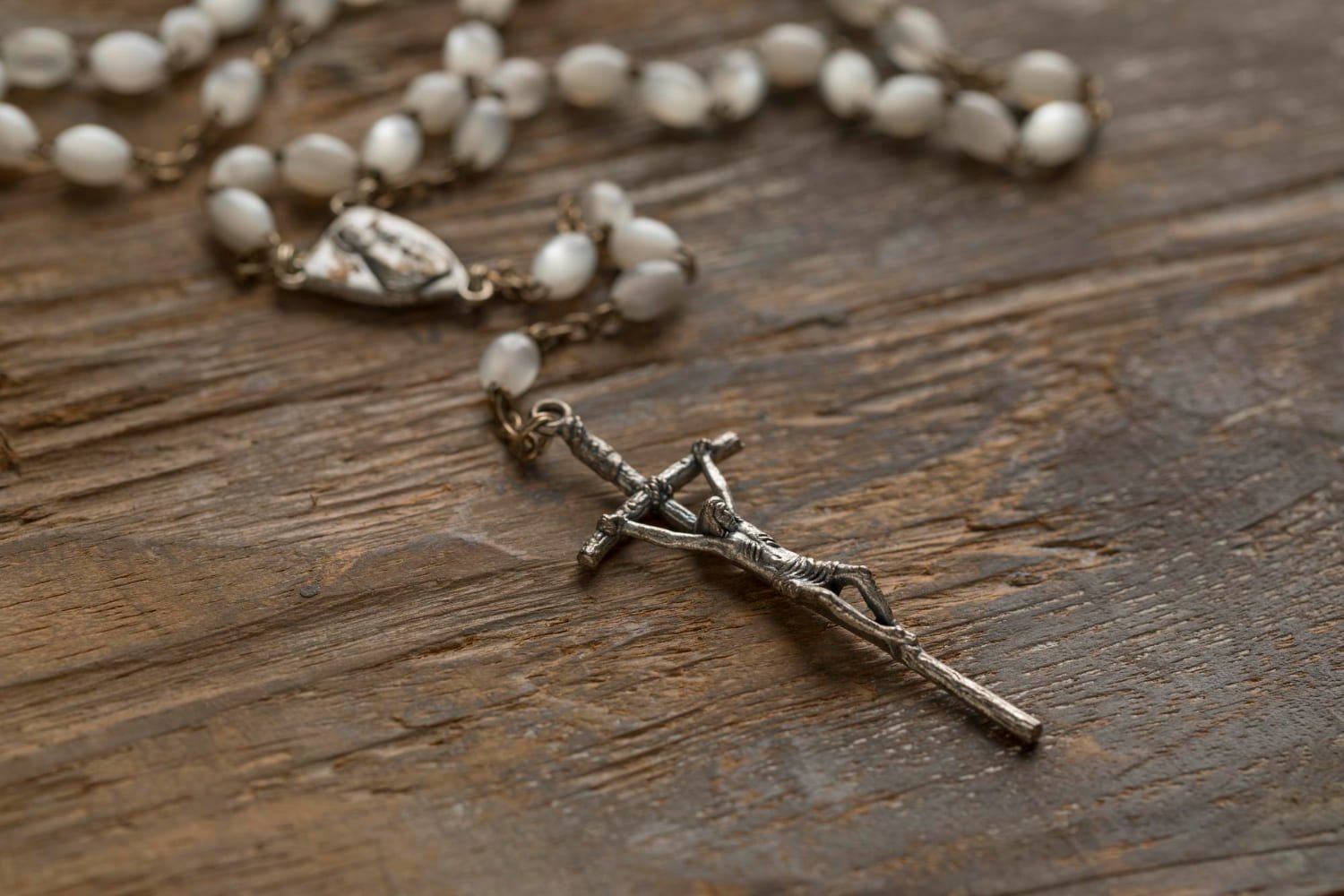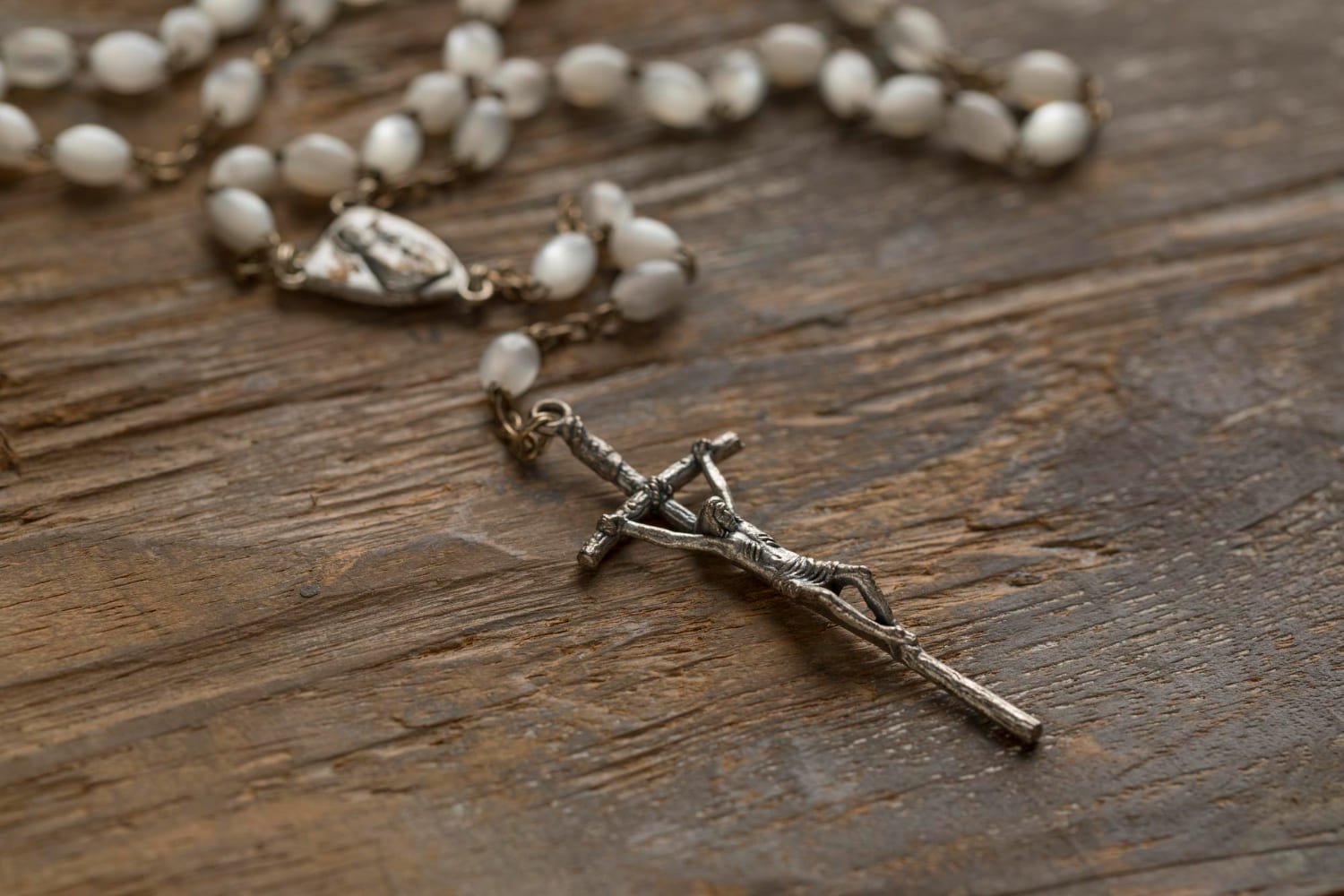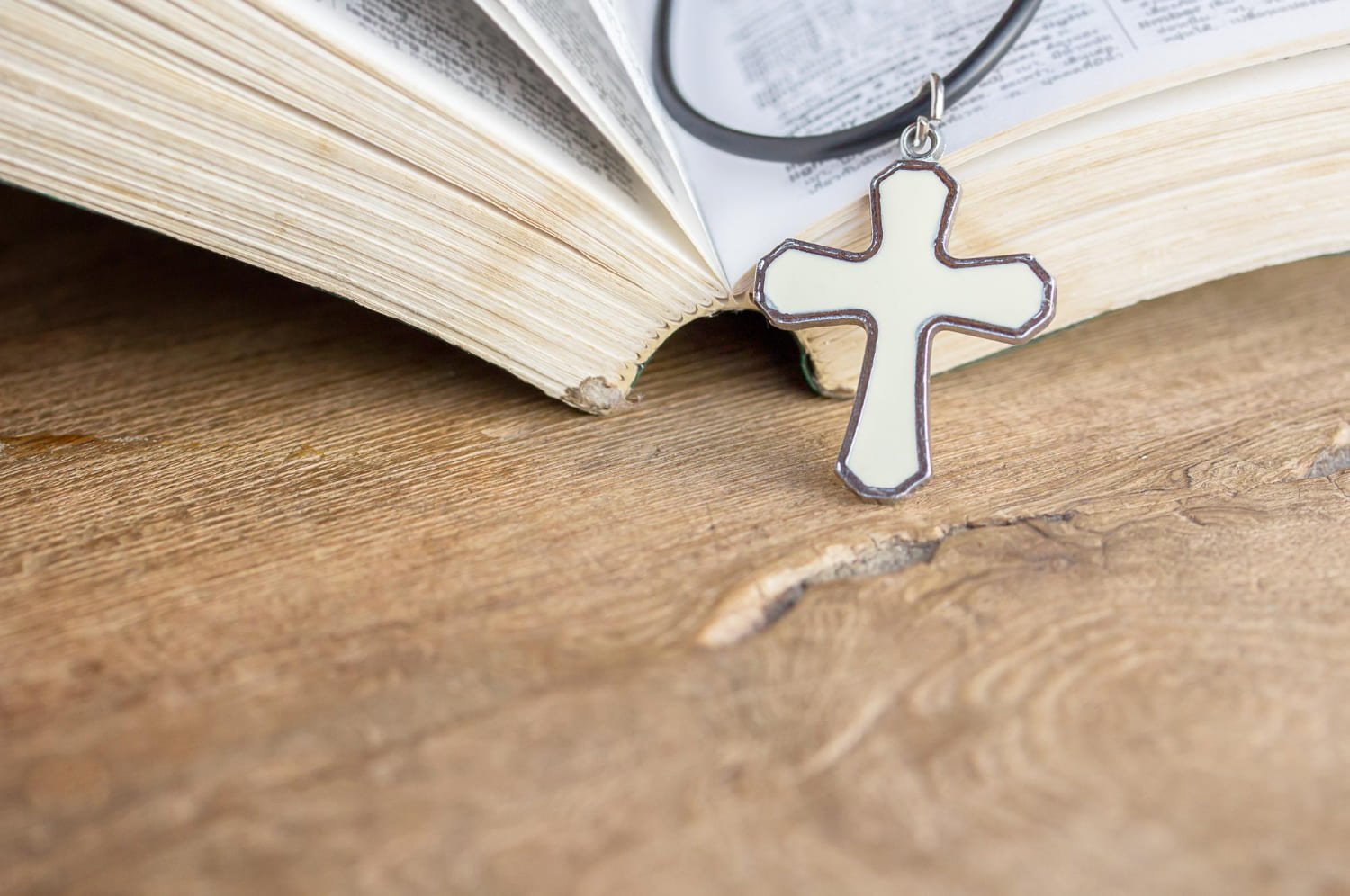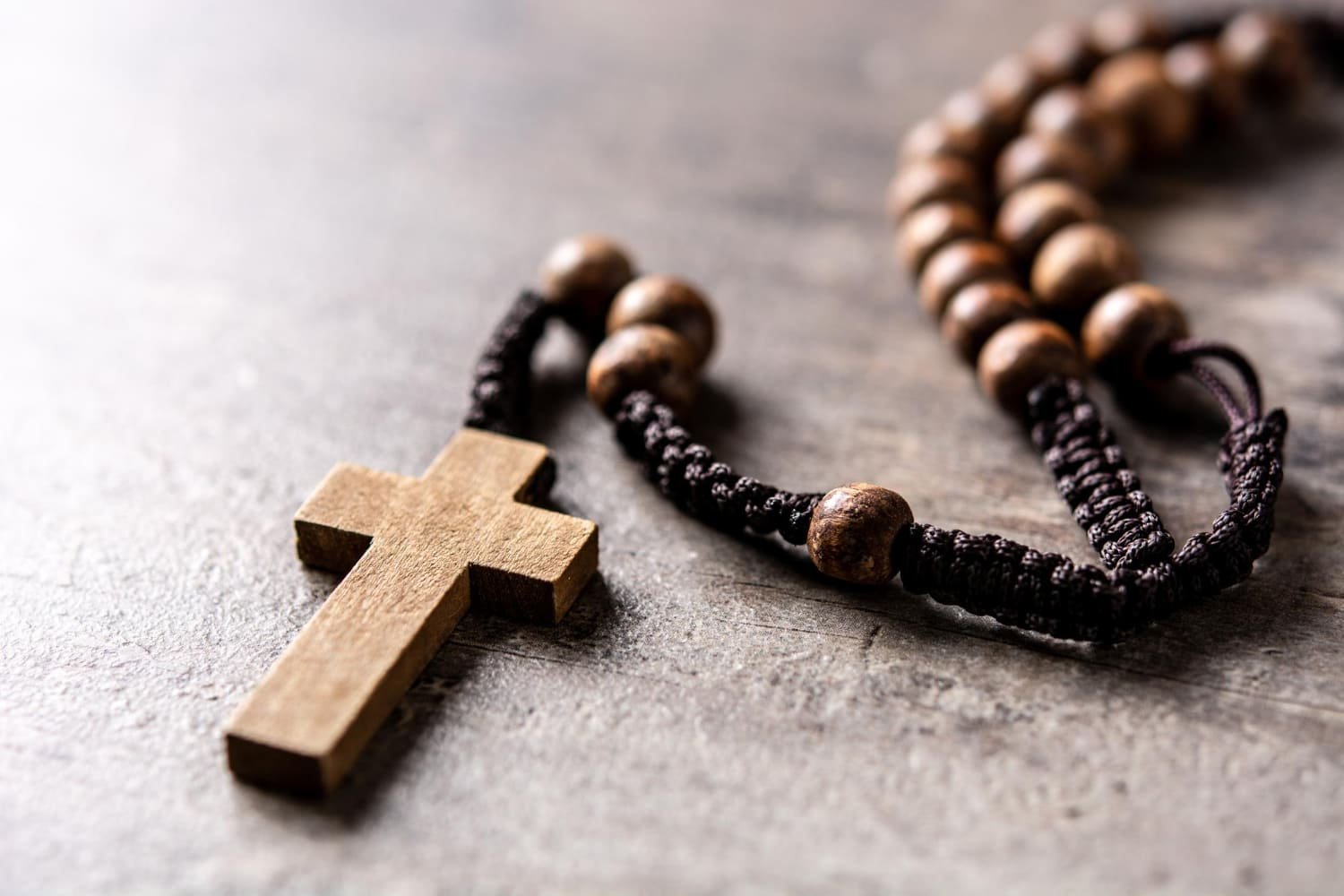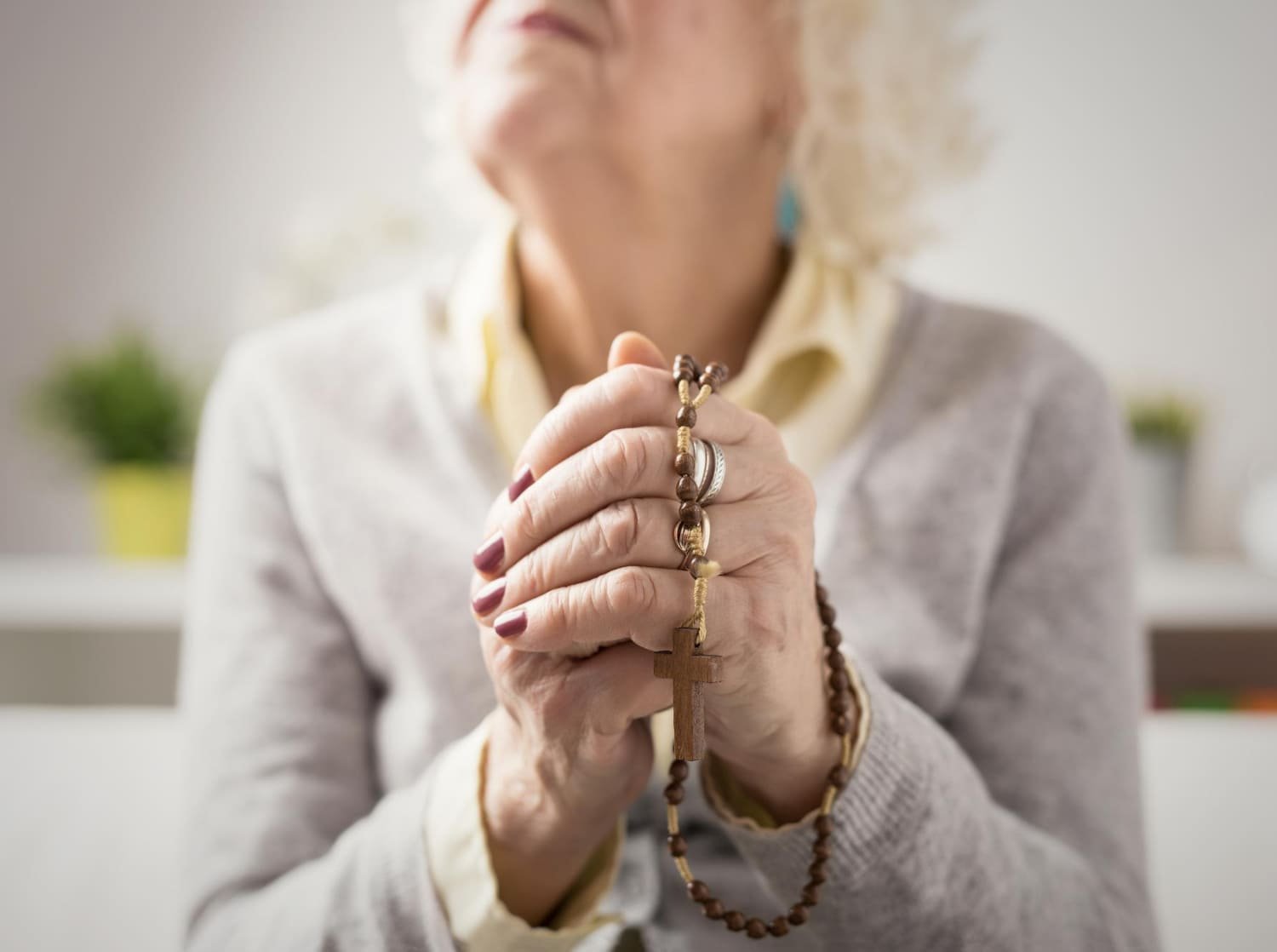Catholicism and Orthodoxy are two of the most prominent branches of Christianity in the world. Both have a rich history and a strong following, but they differ in many ways, including their beliefs, practices, and traditions.
Understanding the differences between these two branches of Christianity is essential for anyone who wants to gain a deeper understanding of the faith and its various expressions.
One of the main differences between Catholicism and Orthodoxy is their approach to authority. Catholics believe in the authority of the Pope, who is considered the head of the Church, while Orthodox Christians reject the Pope’s authority and instead rely on a council of bishops to govern the Church.
Another key difference is their approach to theology and doctrine. While both branches of Christianity share many core beliefs, they differ in their interpretation of certain doctrines, such as the nature of God, the role of the Holy Spirit, and the use of icons and other religious images.
History and Origins
The Catholic and Orthodox Churches share a common history that dates back to the early days of Christianity. The two churches were originally one, but over time, differences in doctrine, liturgy, and leadership led to a split that has lasted for over a thousand years.
The origins of the Catholic Church can be traced back to the apostle Peter, who is considered by Catholics to be the first pope. The Catholic Church developed in the Western Roman Empire and became the dominant form of Christianity in Europe during the Middle Ages.
The Catholic Church is organized around a hierarchical structure, with the pope as the head of the church and bishops serving as his representatives in local areas.
The Orthodox Church, on the other hand, developed in the Eastern Roman Empire, also known as the Byzantine Empire. The Orthodox Church is organized around a conciliar model, with bishops and other church leaders meeting in councils to make decisions about doctrine and practice.
The Orthodox Church recognizes the authority of the Ecumenical Patriarch of Constantinople, who is considered to be the “first among equals” of the bishops.
The split between the Catholic and Orthodox Churches, known as the Great Schism, occurred in 1054 AD. The main point of contention was the authority of the pope, with the Orthodox Church rejecting the idea of papal supremacy. Other factors included differences in liturgy, theology, and culture.
Despite the split, the Catholic and Orthodox Churches share many similarities. Both churches believe in the Trinity, the divinity of Jesus Christ, the importance of the sacraments, and the authority of scripture and tradition.
Both churches also have a rich history of saints, theologians, and mystics who have contributed to the development of Christian thought and practice.
Beliefs and Doctrines
The Catholic and Orthodox Churches share many beliefs and doctrines, but there are also some significant differences between the two.
One of the major differences is the role of the Pope. The Catholic Church believes that the Pope is the supreme authority in matters of faith and morals, while the Orthodox Church rejects the concept of papal infallibility and instead places more emphasis on the authority of the collective body of bishops.
Another difference is the use of icons and statues in worship. While both churches use these religious images, the Orthodox Church places a greater emphasis on their use and believes that they are necessary for worship, while the Catholic Church believes that they are optional and not necessary for salvation.
The two churches also differ in their approach to the doctrine of original sin. The Catholic Church believes that all humans are born with original sin and must be baptized to be cleansed of it, while the Orthodox Church believes that humans are born with a propensity to sin but not with original sin.
Overall, while there are differences in beliefs and doctrines between the Catholic and Orthodox Churches, both share a common faith in Jesus Christ and the Holy Trinity.
Worship and Liturgy
Catholic and Orthodox worship services are both highly ritualistic and steeped in tradition. Both churches use liturgy, which is a set order of worship that includes prayers, hymns, and readings from the Bible. However, there are some differences in the way the liturgy is conducted.
One of the biggest differences is the use of icons, which are religious images used in Orthodox worship. Icons are not used in Catholic worship, but Catholic churches often have statues of saints and other religious figures. Another difference is the use of incense, which is used more frequently in Orthodox worship.
Another difference is the way the Eucharist is celebrated. In the Catholic Church, the Eucharist is celebrated daily and is open to all baptized Catholics who are in a state of grace. In the Orthodox Church, the Eucharist is celebrated less frequently and is only open to Orthodox Christians who have prepared themselves through fasting and confession.
Both churches also have different liturgical calendars. The Catholic Church follows the Gregorian calendar, while the Orthodox Church follows the Julian calendar. This means that some holidays, such as Christmas and Easter, are celebrated on different days.
Overall, both Catholic and Orthodox worship services are rich in symbolism and tradition. While there are some differences in the way the liturgy is conducted, both churches place a strong emphasis on the importance of worship and prayer in the life of a Christian.
Hierarchy and Leadership
The Catholic and Orthodox Churches have different structures of hierarchy and leadership. The Catholic Church is headed by the Pope, who is considered the Bishop of Rome and the leader of the worldwide Catholic Church.
The Pope is considered the Vicar of Christ on earth, and his authority is considered supreme in matters of faith and morals.
The Orthodox Church, on the other hand, is headed by a group of bishops, known as the Holy Synod, who are equal in authority. The Ecumenical Patriarch of Constantinople is considered the “first among equals” and has a certain degree of primacy, but his authority is not considered to be absolute like the Pope’s in Catholicism.
Both Churches have a hierarchy of bishops, priests, and deacons, but the titles and roles of these individuals may differ between the two Churches.
For example, in the Catholic Church, bishops are appointed by the Pope and are responsible for overseeing a diocese, while in the Orthodox Church, bishops are elected by the Holy Synod and are responsible for overseeing a region or territory.
While the Catholic Church has a centralized leadership structure, the Orthodox Church is more decentralized, with each autonomous Church having its own leadership structure. This can lead to differences in practices and traditions between different Orthodox Churches.
Sacraments and Religious Practices
Catholicism and Orthodoxy share many sacraments and religious practices, but there are some differences in how they are practiced and interpreted. One of the most significant differences between the two is the use of icons in Orthodox worship.
Icons are considered an essential part of Orthodox religious practices, and they are used extensively in Orthodox churches and homes. Catholics also use religious imagery, but they tend to use statues more often than icons.
Another difference is the approach to the sacraments. Both Catholicism and Orthodoxy recognize seven sacraments, but they have different interpretations of how they should be administered.
For example, in the Catholic Church, the sacrament of penance is usually administered in a confessional booth, while in the Orthodox Church, it is usually administered in front of an icon.
The Eucharist, or communion, is also practiced differently in the two churches. In the Catholic Church, the bread and wine are believed to be transformed into the body and blood of Christ during the Mass.
In the Orthodox Church, the bread and wine are believed to become the body and blood of Christ through the process of transubstantiation, but the exact mechanics of this process are not as clearly defined as they are in Catholicism.
Overall, while there are some differences in sacraments and religious practices between Catholicism and Orthodoxy, they share many commonalities and both have rich, vibrant traditions that have been passed down through the centuries.
Cultural Differences
One of the most noticeable differences between the Catholic and Orthodox Churches is their cultures. While both churches have a rich history and culture, they differ in their approach to certain aspects of worship and religious practices.
For example, the Orthodox Church places a strong emphasis on the use of icons in worship. Icons are considered to be an important part of Orthodox spirituality, and they are used extensively in worship services, as well as in the homes of Orthodox believers.
In contrast, the Catholic Church places less emphasis on icons and instead focuses on other forms of religious art, such as stained glass windows and sculptures.
Another cultural difference between the two churches is their approach to fasting. While both churches observe periods of fasting throughout the year, the Orthodox Church places a greater emphasis on fasting as a spiritual discipline.
Orthodox believers are expected to abstain from meat, dairy, and other animal products during periods of fasting, while Catholics are only required to abstain from meat on certain days.
Finally, the Catholic and Orthodox Churches differ in their liturgical languages. While both churches use liturgical languages that are not commonly spoken in everyday life, the Orthodox Church generally uses Greek or Slavonic, while the Catholic Church uses Latin.
This difference in liturgical language reflects the historical and cultural differences between the two churches.
Similarities and Differences in Practice
Catholicism and Orthodoxy share many similarities in practice, as both are sacramental and liturgical traditions with a rich history of prayer and devotion. However, there are also significant differences between the two.
One of the most notable differences is in the celebration of the Eucharist. While both traditions hold the Eucharist as the central act of worship, the Catholic Church uses unleavened bread for the host, while the Orthodox Church uses leavened bread.
Additionally, the Catholic Church allows the reception of the Eucharist under only one species (the bread), while the Orthodox Church allows the reception of both species (bread and wine).
Another significant difference is in the role of clergy. In the Catholic Church, priests are required to be celibate, while in the Orthodox Church, married men are allowed to become priests.
Additionally, the Catholic Church has a hierarchical structure headed by the Pope, while the Orthodox Church is decentralized and each bishop has equal authority. Both traditions also have unique practices and devotions.
For example, the Catholic Church has the practice of confession to a priest, while the Orthodox Church practices confession to a spiritual father. The Catholic Church also has a devotion to the Virgin Mary and the saints, while the Orthodox Church places a strong emphasis on the veneration of icons.
Overall, while there are significant differences in practice between the Catholic and Orthodox Churches, both traditions share a deep commitment to prayer, worship, and devotion to God.
Which One Is Better?
It is not appropriate to say which one is better between Catholicism and Orthodoxy. Both religions have their own unique traditions, beliefs, and practices, and it is up to each individual to decide which one resonates with them the most.
While there are differences between Catholicism and Orthodoxy, both religions share a common faith in Jesus Christ and the Holy Trinity. Both religions also have a rich history and culture that have influenced the world in many ways.
When it comes to spirituality, both Catholicism and Orthodoxy offer a path to salvation and a way to connect with God. It is important to note that both religions place a strong emphasis on prayer, sacraments, and living a virtuous life.
Ultimately, the decision of which religion to follow is a personal one that should be made after careful consideration and reflection. It is important to study and understand the teachings and practices of both religions before making a decision.
